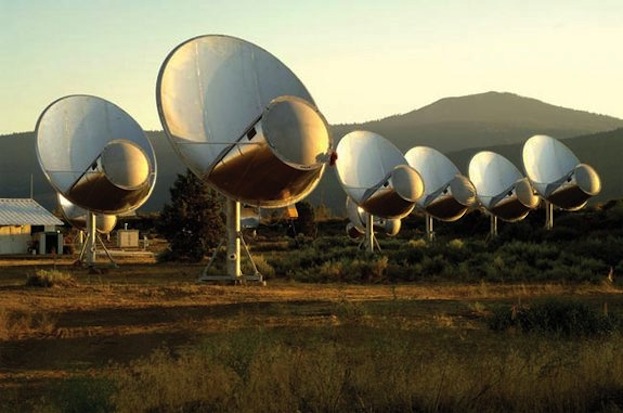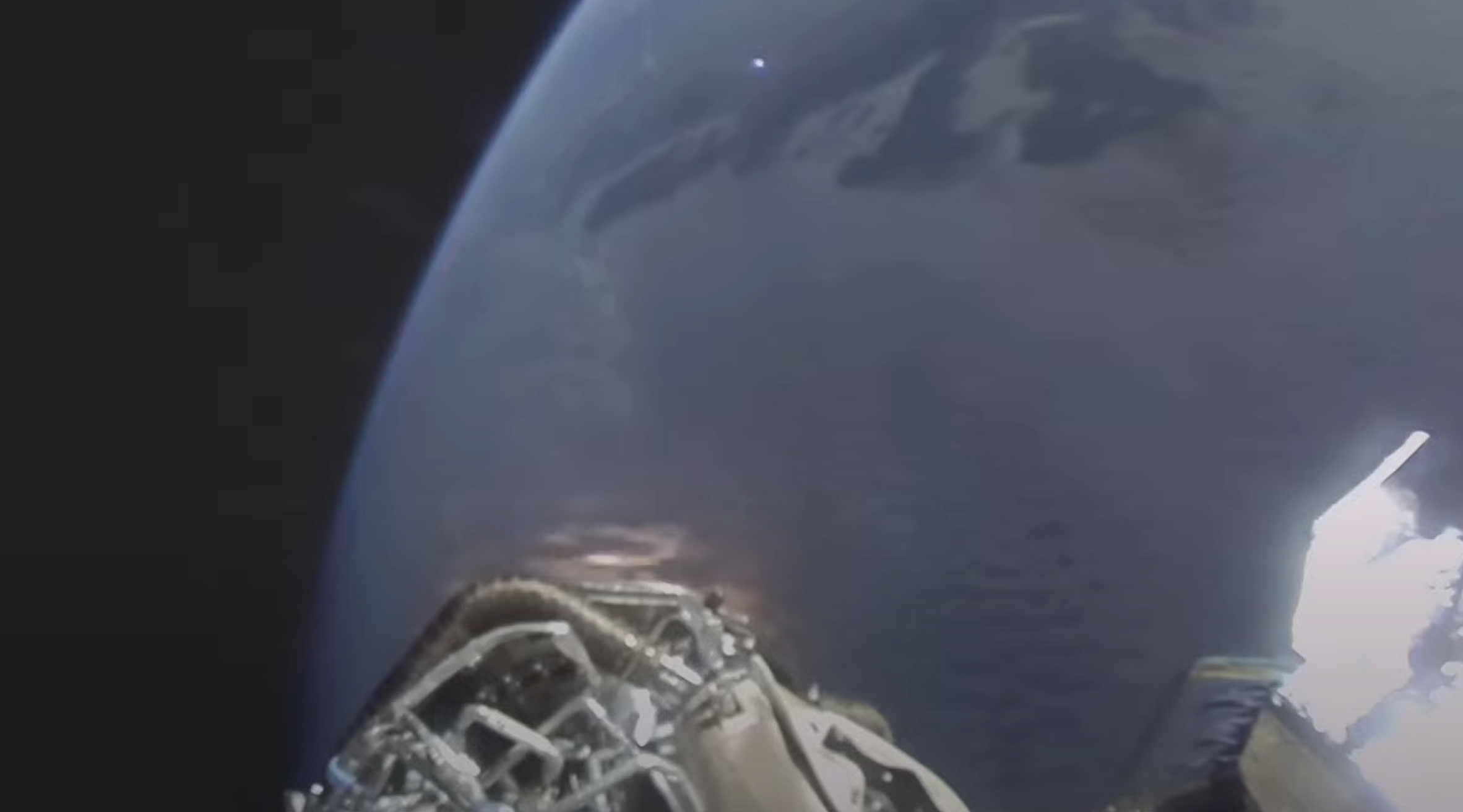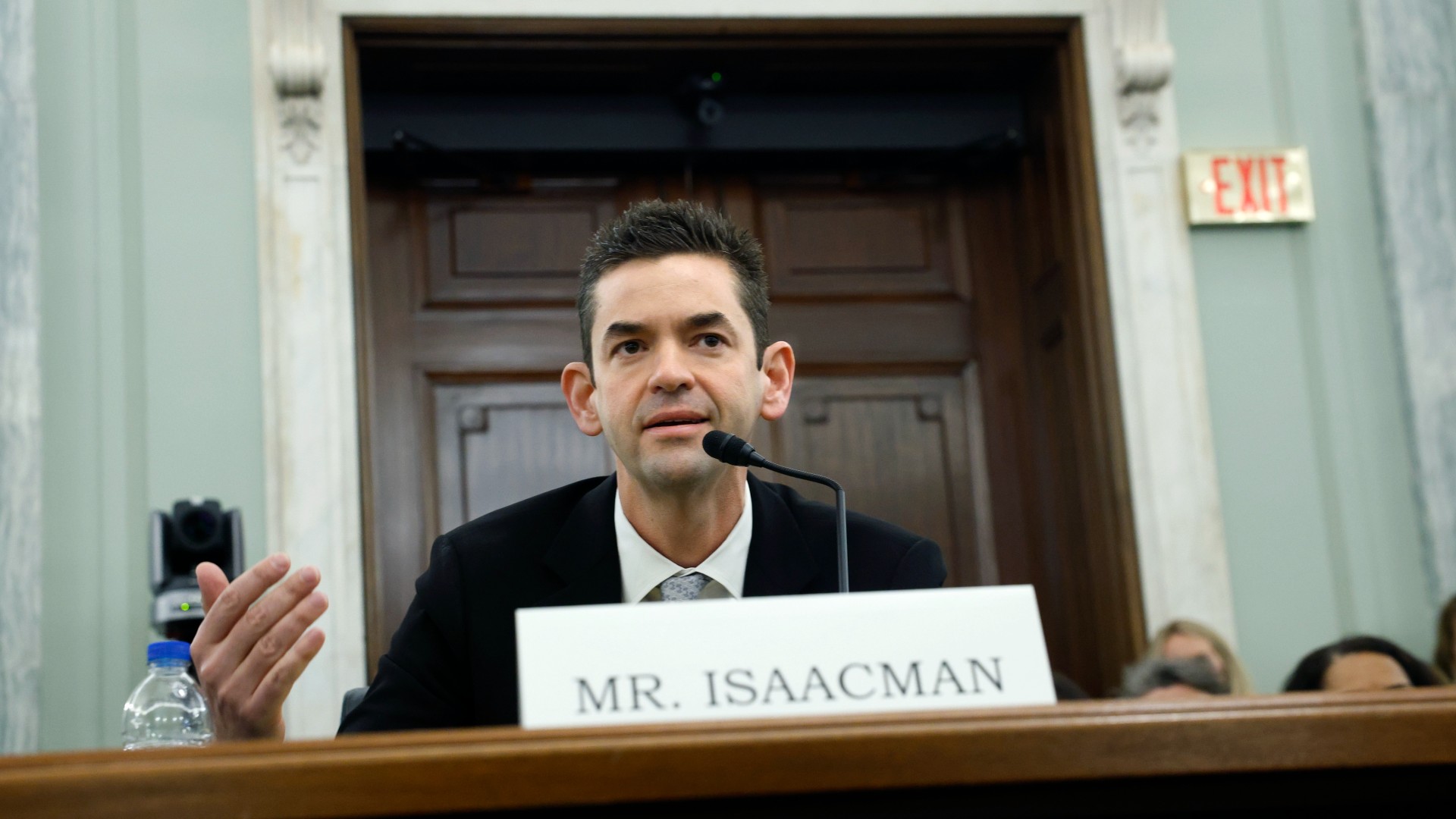Detecting Alien Life Will Likely Be a Protracted Process, Not a Eureka Moment

Would it be easy to determine if the source of a mysterious radio signal was aliens? Probably not. A new paper argues that contact with extraterrestrials will likely be discovered through a prolonged, incremental process rather than an instantaneous eureka-like moment. Eureka — what the ancient Greek mathematician Archimedes allegedly said when he cracked a tough science problem about water displacement — tends to be the exception in science rather than the rule.
Attributing scientific progress to eureka moments is popular because it is easy to understand, argues Milan Cirkovic, a senior research associate at the Astronomical Observatory of Belgrade and an assistant physics professor at the University of Novi Sad in Serbia and Montenegro. But, he writes in the journal Space Policy, "It puts too big an emphasis on the 'origin myths' and the role of great personalities, key moments, events, and circumstances in any historical process.”
Cirkovic said in an email that the community involved in the search for extraterrestrial intelligence (SETI) should instead be prepared for a process that would take a very long time. It may take decades as the SETI community looks at all the reasons aliens might not be the source of a mysterious signal.
"I have only tried to point out that both history of science and logic and common sense suggest — on a descriptive level — that contact will be a protracted affair, probably not recognizable as such over timescales of years or decades," Cirkovic said. He was careful not to say how contact might proceed, but that it would take a long time and repeated observations.
RELATED: Kepler's 'Alien Megastructure' Star to Spill SETI Secrets?
Think about the protracted debate concerning "Tabby's star," which is showing strange brightening and dimming. Some say it's due to a possible "alien megastructure," while others are pointing to various natural processes, such as exocomets.
"More structure is obviously necessary, as far as signals are concerned," Cirkovic said. "The example often quoted (first due to Nikola Tesla, who was somewhat forgotten as a SETI pioneer) is the presence of prime numbers 2, 3, 5, 7, 11, ... etc. in the signal."
Get the Space.com Newsletter
Breaking space news, the latest updates on rocket launches, skywatching events and more!
Prime numbers are a non-natural process that are considered by SETI scholars an indication of possible life.
"However," Cirkovic added, "this is the classic understanding of the first contact which I actually intend to undermine in the present paper. I argue — after some of the SETI ‘founding fathers,’ notably Nikolai Kardashev — that we are more likely to detect an anomalous astrophysical phenomenon, which would be a signpost of massive engineering effort by extraterrestrial intelligence.”
He added that in recent years the SETI community has said it expects contact to come through detecting one of these engineering signatures rather than through a radio signal. Cirkovic and some other experts call this "Dysonian SETI", after a 2011 paper that Cirkovic co-authored and was led by Robert Bradbury of the Astronomical Observatory of Belgrade.
Cirkovic — who has published more than 20 papers and a book on SETI since 2004 — urges the community to recalibrate its detectors, equipment, and models to better look for Dysonian SETI, which "deserves much more attention."
Originally published on Seeker.
Join our Space Forums to keep talking space on the latest missions, night sky and more! And if you have a news tip, correction or comment, let us know at: community@space.com.

Elizabeth Howell (she/her), Ph.D., was a staff writer in the spaceflight channel between 2022 and 2024 specializing in Canadian space news. She was contributing writer for Space.com for 10 years from 2012 to 2024. Elizabeth's reporting includes multiple exclusives with the White House, leading world coverage about a lost-and-found space tomato on the International Space Station, witnessing five human spaceflight launches on two continents, flying parabolic, working inside a spacesuit, and participating in a simulated Mars mission. Her latest book, "Why Am I Taller?" (ECW Press, 2022) is co-written with astronaut Dave Williams.









